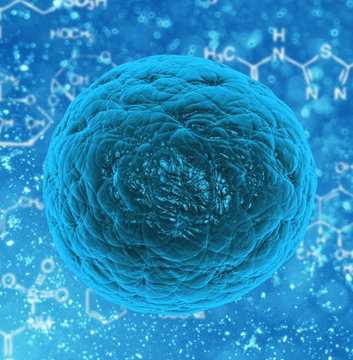
In cancer, it’s a ledger of genes that are somehow involved in cells mutating, spreading, and eventually killing their host. The underlying idea is seemingly simple, yet a wild shift from previous attempts at cancer research: rather than individual genes, let’s turn the spotlight on how they fit together into networks to drive cancer.
Together with Dr. Nevan Krogan at UC San Francisco, a team launched the Cancer Cell Map Initiative, a moonshot that looks into the molecular “Phone lines” within cancer cells that guide their growth and spread. Cut them off, and perhaps it’s possible to stop tumours in the earliest stages
One study mapped the landscape of protein networks to see how individual genes and their protein products coalesce to drive breast cancer.
Another traced the intricate web of genetic connections that promote head and neck cancer. Tying everything together, the third study generated an atlas of protein networks involved in various types of cancer.
For now, the studies aren’t yet a comprehensive IKEA-like manual of how cancer components fit together. They’re the first victories in a sweeping framework for rethinking cancer.
Knowing how those work “Will simplify our search for effective cancer therapies.” The new studies tapped into PPIs as a new perspective to understand cancer.
CAR-T, the breakthrough cancer therapy that boosts a person’s own immune cells to better target cancers, relies on tumor-specific markers that dot the surface of a cell to hone in and attack.
The Cancer Cell Map Initiative shifts away from individual genes toward the big picture: let’s monitor a cell’s PPIs, see how these interactions reorganize in cancers, and find new protein players that contribute to cancer.
These new cancer drivers seem to activate specific communication pathways, the authors explained. By physically binding together, the pair seemed to help tumor cells migrate, suggesting that cutting off their dalliance could potentially reduce the chance of cancer cells spreading.
A separate study took the same approach but focused on breast cancer. Mutation to BRCA1 is a well-known genetic cause for inherited breast cancer risk. Although previously linked to other types of tumors, it’s never been implicated in breast cancer.
“We’re elevating the conversation about cancer from individual genes to proteins, allowing us to look at how the varying mutations we see in patients can have the same effects on protein function,” said Ideker.
Because of their importance, scientists have long documented these interactions in massive databases-a powerful resource, yet largely untapped for cancer research.
The third study combined data from the previous two works-head and neck cancer and breast cancer-with a broad range of previously reported human PPIs in publicly-available databases.
Despite these successes, our PPI cancer maps remain relatively rudimentary, capturing just a fraction of protein handshakes in a cell.
Just a small peek into these new maps already suggests that different types of tumors have a diverse and potentially characteristic set of PPIs, ones different from healthy cells that future cancer treatments could target.
All in all, this is a very promising area of study that could lead to treatments that could be combined with other therapies.
